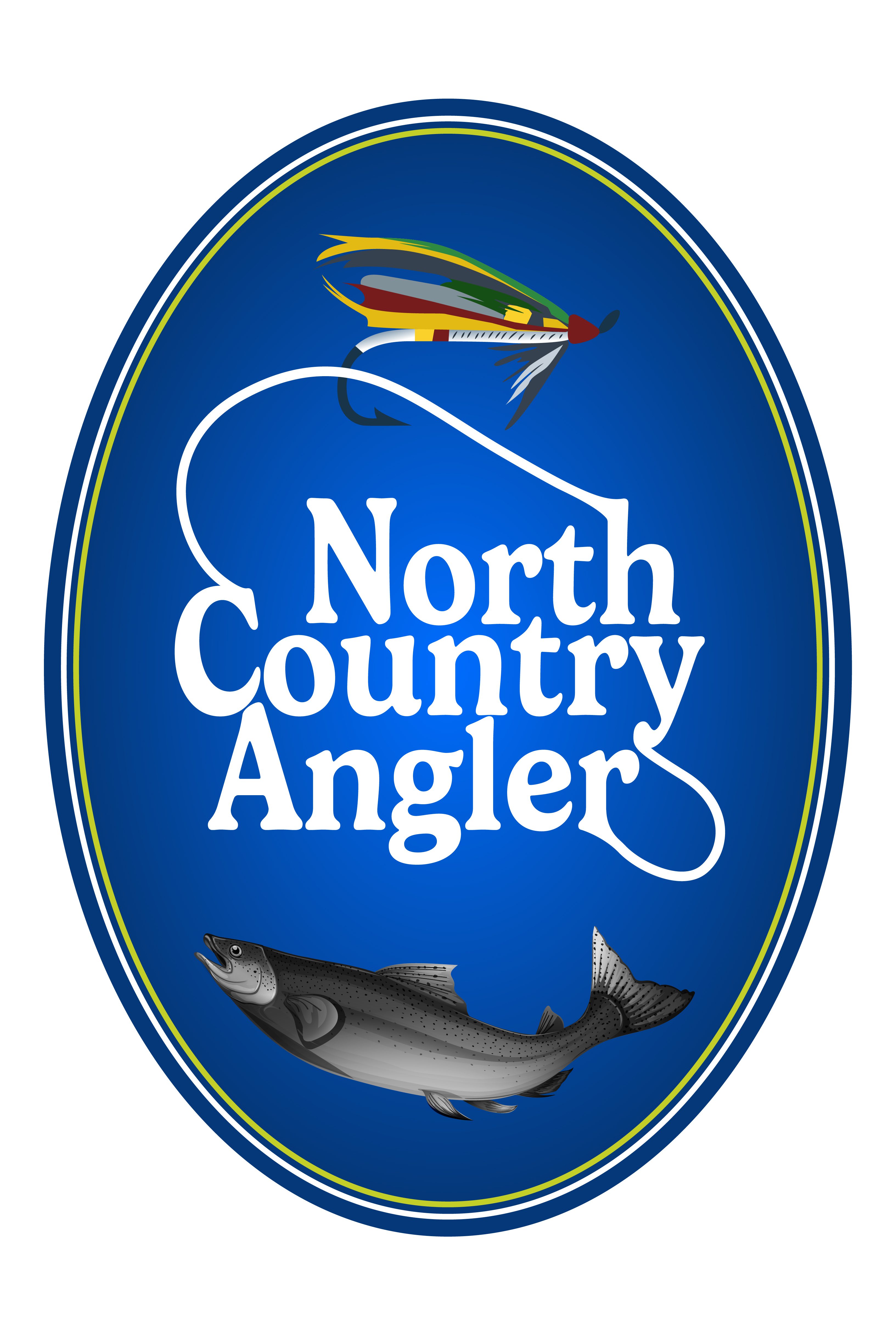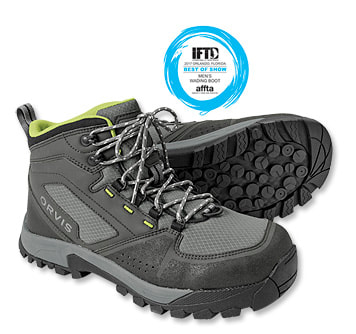Part of the early season process is inspecting and cleaning gear before storing the gear for the winter. It is amazing how much abuse gear takes in one of the “leisure sports.” Which is where fly fishing is classified.
The past season was particularly hard on wading gear. Rivers ran high for the majority of the season and ponds remained high and cold as well. During a regular fishing season wading gear will see heavy use in the spring but then there is the transition to wet wading where only wading boots are used and the waders are left to hang. Fall can go either way, with waders staying stored or coming out of the closet because of cold weather or high water conditions.
Then they are the anglers who float tube fish remote ponds. These anglers sit in water from two to eight hours and the waders are wet all the way from butt to toe. This can really put pressure on the longevity of the waders and the wading boots.
My first pair of stocking foot waders were from L.L. Bean. They were neoprene waders that you rolled on like a wet suit. The waders were great for float tube fishing but walking around in the waders were like walking in a sauna. Because these waders were expensive at the time, I opted to use an old pair of Bean boots as my wading shoes. Dorky but effective.
The next pair of wading boots were from L.L. Bean as well. These boots were from the closeout section of the store and were the first generation of “sticky” rubber. Sticky rubber was designed to replace felt, a material that had been used for decades on the soles of wading boots.
The boots were comfortable, but the soles were not very sticky. They were fine for low gradient streams with small cobble and sand, while being excellent for float tubing. The boots were leather based and had a long life. Eventually the soles delaminated. Time for a new pair of boots.
Simms boots were next. These boots had rubber soles. The soles were anything but sticky. Almost like walking on ice anytime there was stone on the bottom of the river. These boots had the BOA lacing system which never seemed to get tight where the boot was comfortable. These boots were worn one season and then went into the North Country Angler rental program.
Orvis to the rescue! Orvis had been losing wading boot share to Simms for years. They committed to developing a leading edge product. They delivered. The wading boot was called the Ultralight. It was the lightest boot on the market using modern materials and cutting down on the height of the ankle support. And Orvis had worked with Vibram to develop a truly sticky rubber. You could feel the stickiness when you ran your hand over the sole.
The boots were excellent for hiking into remote ponds. They were excellent rock hopping thin blue lines. They did need studs for super slippery rivers like the Androscoggin, but those boots were everything Orvis said they were. The boots never dried out that fishing season. They took a beating.
That was five years ago and the Ultralights remain the favorite wading boot. The Orvis Pro wading boot is even stickier with the Michelin sticky rubber, a story for another time, but the Ultralight remains the number one choice. They are dry now and will be put away until fishing begins again in March 2024.


